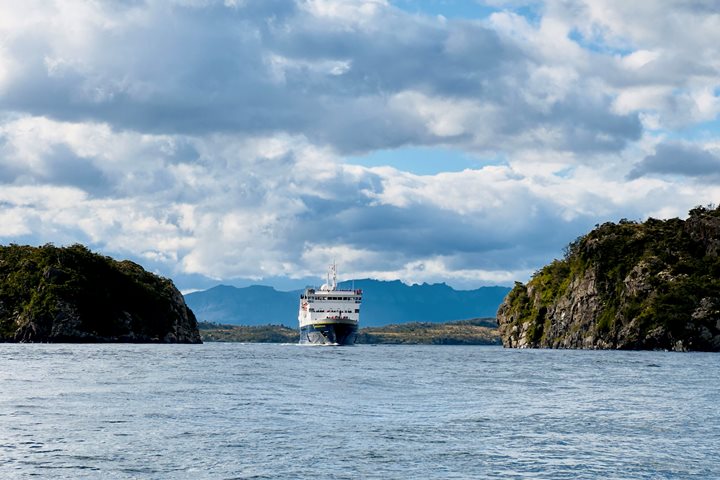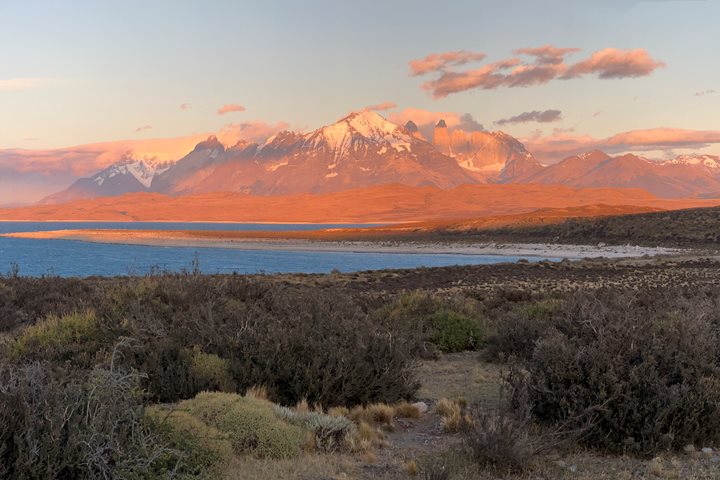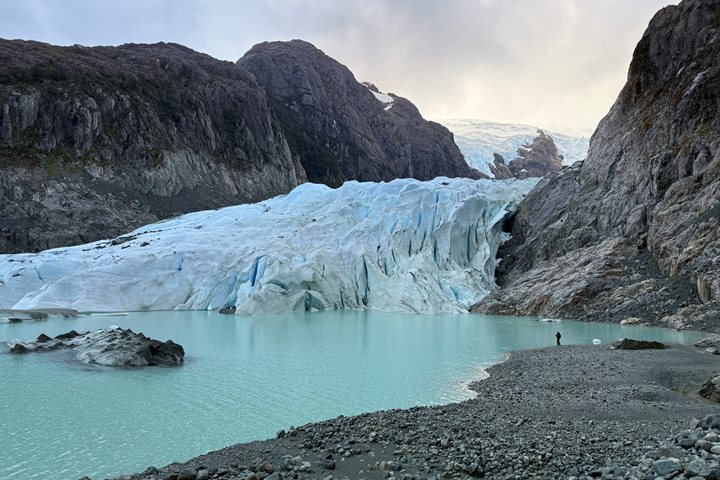Early this morning aboard National Geographic Endurance, we completed our crossing of the Drake Passage and arrived at the South Shetland Islands. We were lucky to have such a smooth crossing! For this area of the world, today’s winds were mild at 14 knots and decreasing, but it was still windy.
Our first morning landing was scheduled for Elephant Point on Livingston Island. With some reconnaissance by our expedition leader and AEL, a site was selected. We boarded Zodiacs for the first time on this voyage to make a shore landing. The ride to the landing was full of spray and took a while, but it was worth it. On shore, we observed colonies of gentoo penguins and groups of elephant seals, the namesake for this coastal region. Other animal life included nesting giant petrels and skuas. We all enjoyed getting off the ship and walking on land.
We returned to National Geographic Endurance where a hearty lunch was in store for us. Meanwhile, the ship maneuvered to a nearby location on Livingston Island called Hannah Point, named after a British sealing vessel that shipwrecked near here in 1820. We boarded Zodiacs once more and arrived at a cobble beach. We found colonies of gentoo and chinstrap penguins, along with elephant seals. Also present were kelp gulls and snowy sheathbills. The route was muddy and steep, but we were able to get very close to the animal life on our walk. We walked past the rocky and muddy part to arrive on a black sand beach, and it was easier walking there. In the distance, large glaciers extended all the way down to sea level. We all heard a loud BOOM from a calving event, where ice from the glacier fell into the sea. The layered volcanic rocks high above us showed a complex history: the rocks had been cut by a thrust fault and injected by a volcanic dike. Near the end of the walk, we observed a collection of volcanic rocks. Fossilized organic matter and petrified wood revealed how this area has changed in the geologic past.
Back on the ship, we had time to clean up before Captain Aaron Wood’s welcome cocktail party. Then dinner was served and the ship cruised to Deception Island, named for its unexpectedly nice inner harbor. Deception Island is actually an active volcanic caldera that collapsed and was flooded by the sea. The island is still volcanically active, with hot springs. Eruptions in the late 1960s into 1970 destroyed the research stations built on the island. We passed the entrance of a narrow passage called Neptune’s Bellows and entered Whaler’s Bay, where our ship pushed onto shore. We observed the remains of what was once a large and protected whaling station.
We exited the narrow passage at Neptune’s Bellows. Just as we thought our day was over, the captain spotted killer whales (orcas) very close to the ship. It was spectacular to see them up close. What a fitting end to an incredible day. As twilight approached, we cruised south toward more adventures waiting for us on this remarkable continent that is unlike any other on Earth.







